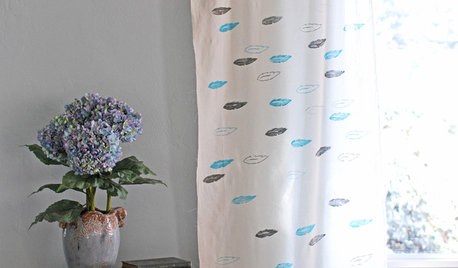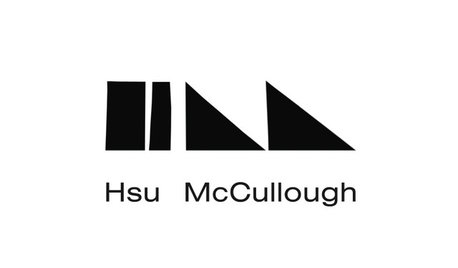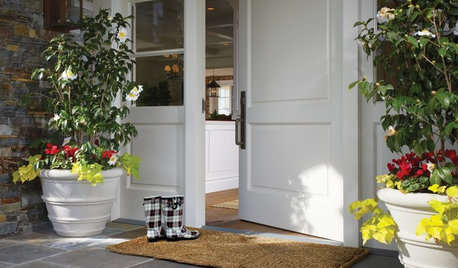inversion method
CindyLouWho
16 years ago
Related Stories

GARAGESHouzz Call: How Do You Put Your Garage to Work for Your Home?
Cars, storage, crafts, relaxing ... all of the above? Upload a photo of your garage and tell us how it performs as a workhorse
Full Story
GREEN BUILDINGOff the Grid: Ready to Pull the Plug on City Power?
What to consider if you want to stop relying on public utilities — or just have a more energy-efficient home
Full Story
GREEN BUILDINGInsulation Basics: Heat, R-Value and the Building Envelope
Learn how heat moves through a home and the materials that can stop it, to make sure your insulation is as effective as you think
Full Story
ARCHITECTUREHave It Your Way — What Makes Architecture Successful
Universal appeal doesn't exist in design. The real beauty of any home lies in individualization and imagination
Full Story
DECORATING PROJECTSDIY: Create a Custom-Stamped Curtain
With simple fabric and a stamp carving kit, you can make your own pattern to apply to curtains and other textiles
Full Story
ARCHITECTUREHouzz Call: Show Us Your Logo!
A picture is worth a thousand words, but your company’s symbol may be worth its weight in gold. We’d like to hear the graphic details
Full Story
EARTH DAYGrow a Beautiful Garden With Ecofriendly Greywater
Reducing home water waste means lower bills and a healthier planet. Here's how to set up a greywater home irrigation system that can help
Full Story
BATHROOM DESIGNBathroom Workbook: 7 Natural Stones With Enduring Beauty
Not everyone wants a marble bath. Bring organic warmth to counters, walls or floors with these hard-wearing alternatives
Full Story
HEALTHY HOME16 Ideas for a Healthy, Feel-Good Home
Making these small tweaks and bigger shifts at home can help you thrive everywhere you go
Full Story
MOST POPULARThe Polite House: On ‘No Shoes’ Rules and Breaking Up With Contractors
Emily Post’s great-great-granddaughter gives us advice on no-shoes policies and how to graciously decline a contractor’s bid
Full Story





digdirt2
steve03234
Related Professionals
Tempe Landscape Architects & Landscape Designers · Fitchburg Landscape Architects & Landscape Designers · Glendora Landscape Architects & Landscape Designers · Wilmington Landscape Contractors · Fort Worth Landscape Contractors · Rancho Santa Margarita Landscape Contractors · Ansonia Landscape Contractors · Cincinnati Roofing & Gutters · Grand Rapids Roofing & Gutters · New Orleans Roofing & Gutters · Oklahoma City Roofing & Gutters · Ahwatukee Roofing & Gutters · Clermont Driveway Installation & Maintenance · Fremont Driveway Installation & Maintenance · Northbrook Driveway Installation & Maintenancereadinglady
ksrogers
awm03